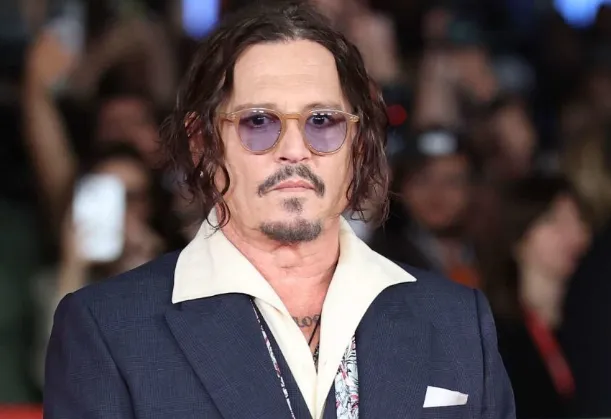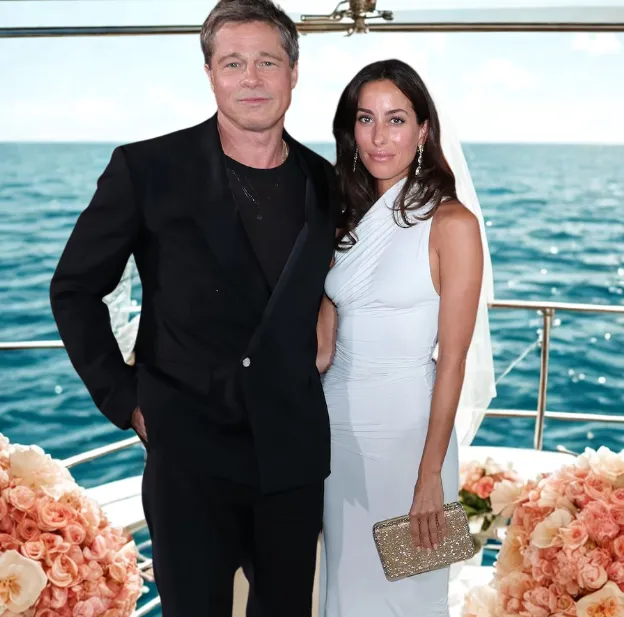Marvel Keeps Killing Off Strong Female Leads – Here’s Why!
A Troubling Pattern: Why Do Marvel’s Strong Women Keep Disappearing?
The Marvel Cinematic Universe (MCU) has built a legacy of powerful heroes, mind-blowing action sequences, and jaw-dropping twists. But one pattern keeps resurfacing, and it’s hard to ignore: Marvel keeps killing off strong female leads. It’s not just bad luck—it’s a recurring and concerning trend that has left fans wondering if there’s something deeper at play.
From Black Widow’s heartbreaking sacrifice to the shocking loss of Maria Rambeau, Marvel has shown time and time again that even the most formidable female characters are not safe. Meanwhile, their male counterparts seem to get infinite resurrections, timeline loopholes, and plot armor. So, what gives? Is there a strategic reason behind these choices, or is it a sign of something more systemic?

The Unspoken Rules of Marvel’s Women
To understand this disturbing trend, let’s take a trip down the MCU timeline. Natasha Romanoff (Black Widow) was one of the original Avengers, a key player in taking down Thanos, and a fan favorite since her debut in Iron Man 2. Yet, in Avengers: Endgame, she met an irreversible fate—a sacrifice for the Soul Stone with no chance of resurrection. Meanwhile, her male counterpart, Hawkeye, was allowed to live, despite the equal weight of his past mistakes.
Then there’s Gamora, another powerful female lead who met her demise in Infinity War under eerily similar circumstances. While a version of her was technically brought back through time travel, her original character was still unceremoniously discarded. And let’s not forget Wanda Maximoff (Scarlet Witch), whose fate in Doctor Strange in the Multiverse of Madness left many scratching their heads. One of the most powerful beings in the entire MCU was wiped out in a rushed conclusion that felt more like an afterthought than a meaningful sendoff.
Why does this keep happening? Marvel Studios has a habit of introducing compelling female leads, giving them incredible arcs, and then snuffing them out when they become too powerful or emotionally developed. It raises the question: Are these characters being sacrificed for dramatic impact, or is there a deeper issue with how Marvel treats its women?
The Resurrection Loophole: Who Gets to Live?
Let’s take a closer look at Marvel’s resurrection rules. In the world of comic book movies, death is rarely permanent. Male heroes like Loki, Vision, and even Iron Man (through AI theories) keep returning, while female heroes remain permanently erased.
Consider Loki—a character who has died more times than fans can count, yet keeps making miraculous comebacks through variants and timeline resets. Even Doctor Strange’s multiversal escapades allow for infinite versions of characters, yet somehow, strong female leads rarely get the same treatment.
This isn’t just about fan-favorite characters being written out; it’s about who gets to cheat death and who doesn’t. When male characters die, there’s always a way back. But for Marvel’s leading ladies, the door is almost always shut permanently.

Take the case of Jane Foster (Mighty Thor) in Thor: Love and Thunder. She wielded Mjolnir, embraced her destiny, and then—just like that—she was gone. Unlike Thor, who has survived countless near-death experiences, her story was tragically cut short, leaving fans feeling like her power and potential were wasted.
Is Marvel Afraid of Powerful Women?
So, what’s the real reason behind Marvel’s treatment of its female leads? Some argue that it’s simply the nature of storytelling—characters die for emotional weight. But if that were true, why are male heroes almost always given second chances, while female leads are written out permanently?
There’s a growing belief among fans that Marvel struggles with balancing strong female characters and the overarching narratives of its male-driven franchises. These women often start as supporting roles, only to become too important or powerful, which ultimately leads to their demise.
Even when Marvel introduces female-driven projects, they often don’t get the same level of investment or longevity as their male-led counterparts. Take Captain Marvel—while her first film was a box office success, her sequel, The Marvels, has faced delays, reshoots, and lukewarm promotion compared to films featuring male heroes.
The pattern is hard to ignore. When female heroes rise, they seem to hit an invisible ceiling that prevents them from continuing their stories. Whether it’s contractual disputes, behind-the-scenes politics, or outdated storytelling tropes, Marvel’s handling of its women remains questionable.
The Future: Will Marvel Break the Cycle?
With upcoming projects promising more diverse and female-led narratives, there’s hope that Marvel is learning from its past mistakes. Ironheart, Echo, and new iterations of female superheroes could mark a turning point for how Marvel handles its strong women.
But will they be allowed to thrive, or will they follow the same doomed fate as their predecessors? Fans are watching closely, hoping for a shift in how the MCU treats its powerful female leads. One thing is clear: Marvel needs to stop sacrificing its women for shock value and start giving them the same narrative weight, depth, and longevity as their male counterparts.
Until then, we can only wonder—who will be next?




Post Comment